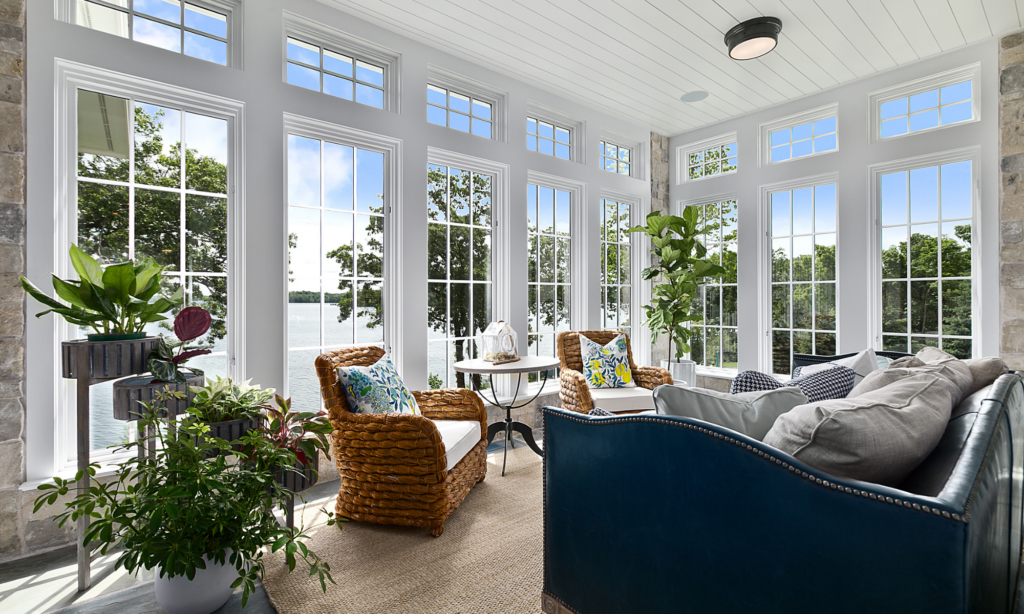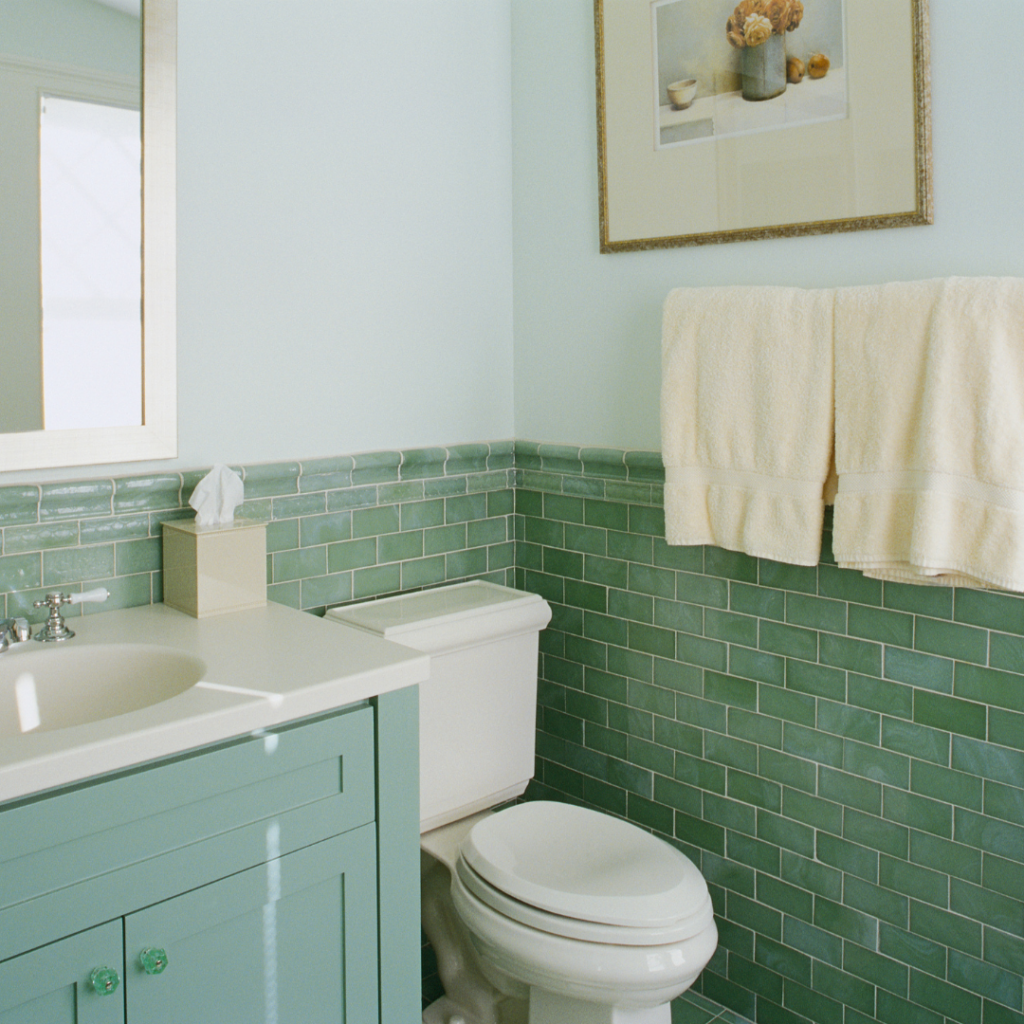Thinking about switching to solar power? It’s a smart move for reducing your energy bills and your carbon footprint, but how do you know if your home is truly ready? Whether you’re motivated by environmental concerns or simply want to save money, there are a few clear indicators that it’s time to go solar. Here are five signs that your home is a great candidate for solar installation.
1. You Have a Sunny, South-Facing Roof
Solar panels perform best on roofs that get consistent sunlight throughout the day. If your roof faces south and isn’t shaded by trees or nearby buildings, you’re in a great position to maximize solar energy production. Even east- or west-facing roofs can be viable with the right system design. The pitch and angle of your roof also matter, generally, a 30- to 45-degree tilt is ideal for solar efficiency. A qualified installer can analyze your roof using satellite imaging or a site visit to determine your solar potential.

2. Your Roof Is in Good Condition
A solar system lasts 25–30 years, so your roof must have a similar lifespan. If your roof is relatively new or has been recently repaired, it’s a strong candidate for panel installation. Installing solar on a worn-out roof can lead to extra costs later when the roof needs replacement. You’d have to uninstall and reinstall the panels, which can be labor-intensive and costly. If you’re due for a new roof soon, consider replacing it before going solar to streamline the process.
3. Your Energy Bills Are Consistently High
The higher your monthly electricity usage, the more you stand to save with solar. Homes that rely heavily on electric heating, air conditioning, or power-hungry appliances benefit most from switching to solar. In these cases, solar panels can cover a significant portion of your electricity needs. With net metering, any excess power you generate can often be credited back to your utility bill. Over time, this adds up to substantial savings that offset your upfront investment.
4. You Plan to Stay in Your Home Long-Term
Solar is a long-term investment that pays off over time. If you plan to live in your home for at least the next 5–10 years, you’ll be able to enjoy the full return on investment. Solar systems generally pay for themselves within 6 to 10 years, depending on local electricity rates and incentives. After that, you’re essentially enjoying free electricity. Even if you do decide to sell, solar panels can increase your home’s value and appeal to eco-conscious buyers.

5. You Qualify for Solar Incentives or Rebates
Federal tax credits, local rebates, and utility incentives can lower your upfront installation costs. The federal solar tax credit currently covers up to 30% of the cost of installation, and many states and cities offer additional benefits. These financial incentives significantly reduce your payback period and increase your overall savings. Some programs even offer performance-based incentives or property tax exemptions. Taking advantage of these opportunities can make solar far more affordable than you might expect.
How Much Can New Windows Save on Energy Bills?
When homeowners consider improving energy efficiency, windows are often overlooked in favor of larger upgrades, such as…
What to Expect During a Roof Replacement
Replacing your roof may feel like a daunting project, but with the right expectations, the process becomes…
Bathroom Remodeling on a Budget: Where to Save and Where to Spend
Remodeling a bathroom is one of the best ways to update your home’s style, comfort, and resale…



